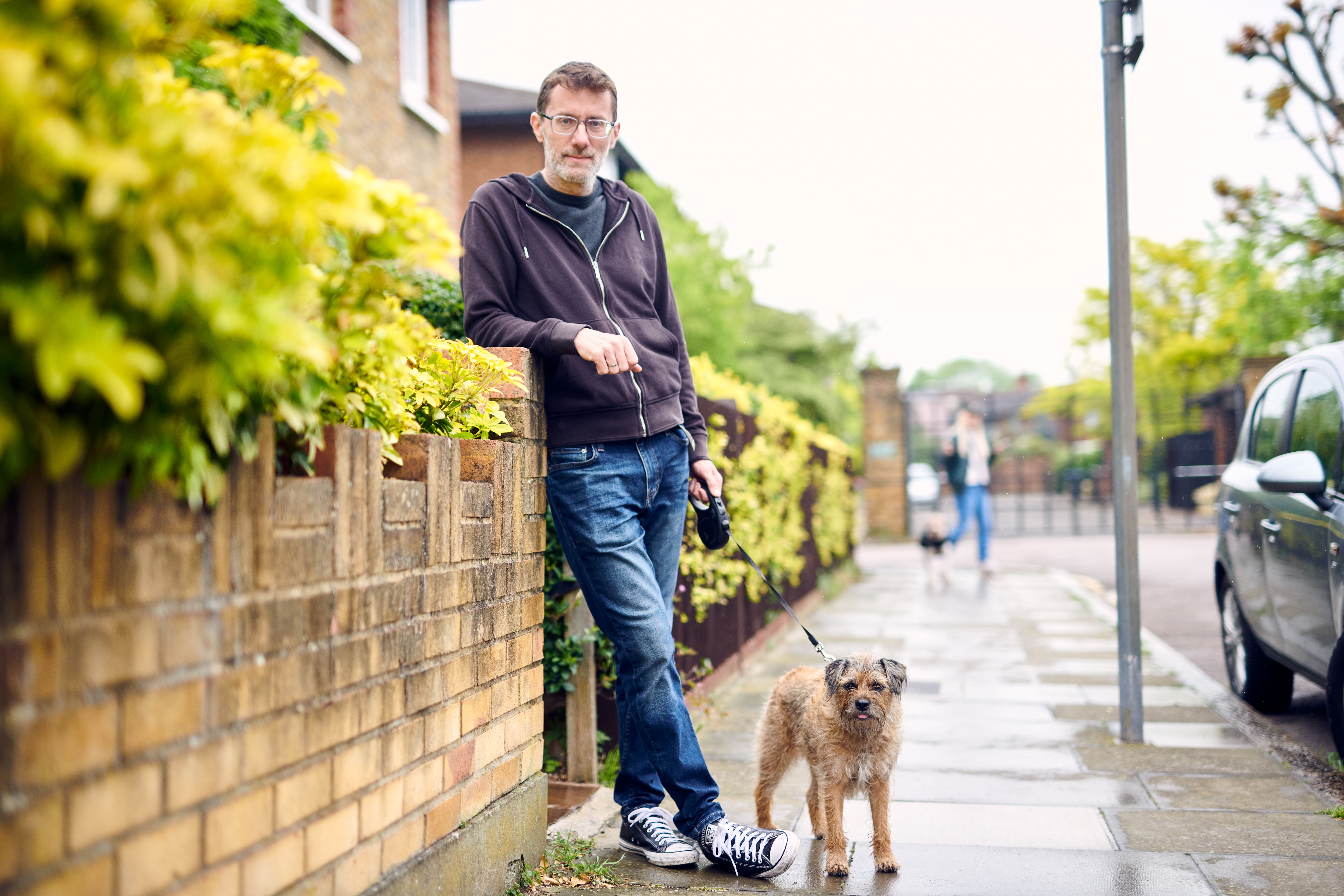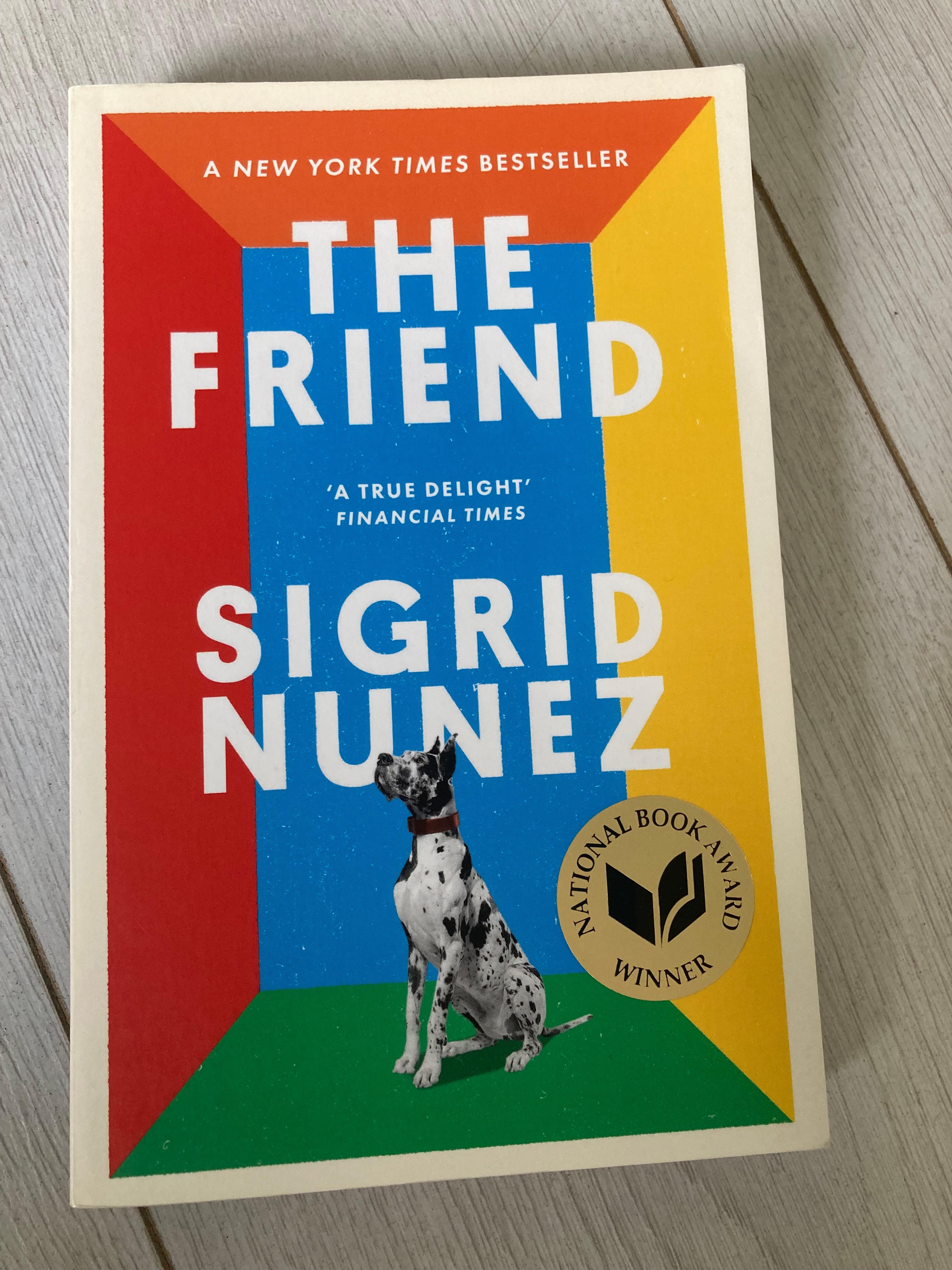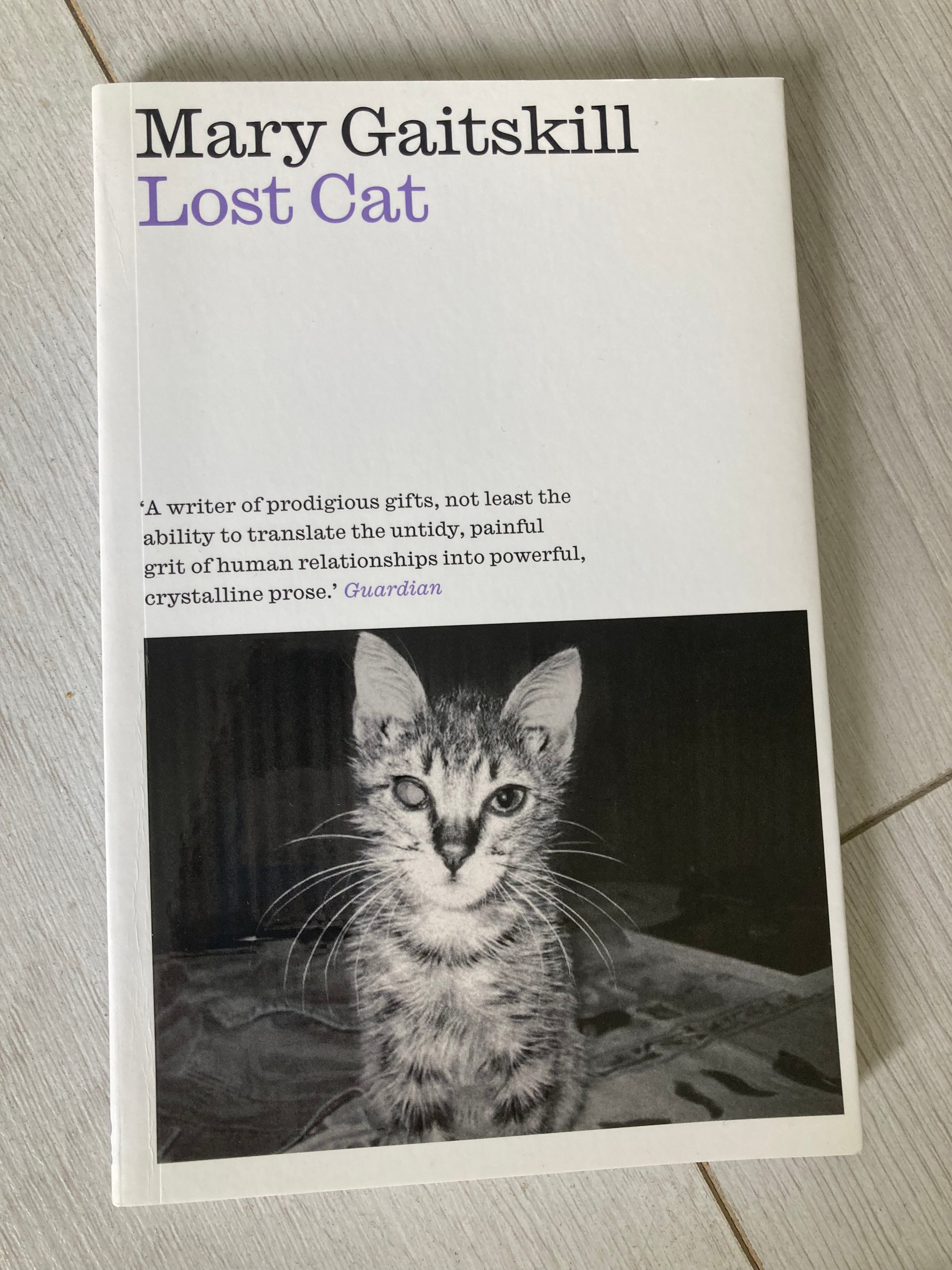Dogs don’t block creativity like Karl Ove Knausgaard says – every writer needs one
Knausgaard once said that having a pet pooch gave him writer’s block but Nick Duerden has found his border terrier Missy to be a balm. He talks to other authors about the literary appeal of all creatures great and small


Your support helps us to tell the story
From reproductive rights to climate change to Big Tech, The Independent is on the ground when the story is developing. Whether it's investigating the financials of Elon Musk's pro-Trump PAC or producing our latest documentary, 'The A Word', which shines a light on the American women fighting for reproductive rights, we know how important it is to parse out the facts from the messaging.
At such a critical moment in US history, we need reporters on the ground. Your donation allows us to keep sending journalists to speak to both sides of the story.
The Independent is trusted by Americans across the entire political spectrum. And unlike many other quality news outlets, we choose not to lock Americans out of our reporting and analysis with paywalls. We believe quality journalism should be available to everyone, paid for by those who can afford it.
Your support makes all the difference.In 2018, the celebrated Norwegian author Karl Ove Knausgaard wrote what was, for him, a surprisingly concise piece for The New Yorker magazine on how the very worst thing a writer could lumber themselves with – worse even than haemorrhoids or an active Instagram account – was ownership of a dog.
“Dogs have never interested me,” he confessed, explaining he’d been afraid of them growing up and had only got one later in life when his young daughter insisted upon it. He resented the dog’s presence in his home, not merely because “it pulled on its leash as hard as it could, dug holes in the lawn, and was never properly house-trained”, but because by all accounts it left him – a man who can seemingly write on any subject, no matter how quotidian, and always at great length – with writer’s block.
“In the two years we had it, I didn’t write a single line of literary prose,” he complained, adding that, “I’m not blaming the dog” – before doing pretty much that. (A year or so later, in 2020, he published a new novel, The Morning Star, which ran to 688 pages: writer’s block no more.)
I first came across Knausgaard’s piece on my phone while sitting on a park bench one hot summer’s day, my own dog spatchcocked beneath me in the shade, refusing to move. Like Knausgaard, I am a writer, but where he is Manchester City in the literary league table, I’m Accrington Stanley. Nevertheless, while I love the solitude of the writer’s life, I’m also aware of just how claustrophobic and necessarily interior it can be, particularly when the four walls of the home office start to press in after a few hours.
I gave in to the reality of first-time dog ownership for much the same reason Knausgaard did, after repeated pleadings from my daughters. But, unlike him, I loved it immediately, and embraced the opportunity to step away from a hot laptop mid-afternoon in pursuit not just of distraction but some fresh inspiration.
At the local dog park – scruffy, ordinary, clinging to the edge of southwest suburban London – I found vivid life. Here, over the next few years, I’d bear witness to its endless human drama, because dog owners, particularly the afternoon crew, are a talkative bunch.
My social circle duly expanded to take in, among others, a stoned martial arts enthusiast, a chain-smoking animal psychic, and a chap with eczema and arthritis on a motorised wheelchair who’d regale me with tales of architecture, art history and the wife who was currently divorcing him.
I witnessed acts of compassion, like the women who came together to help another extricate herself from a violent relationship, and who later worked to free a domestic cleaner from her cruel employers. There was the elderly man who lived with his adult daughter in a cramped flat alongside a great hulking St Bernard and a minuscule Chihuahua. “Bernie eats the skirting boards, but it’s the Chihuahua who’s boss.”
And I saw such tender kindness, like the time on Christmas Day when one of the regulars, Elizabeth, came into the park to bring lonely Pavlov, who I’d been walking with, turkey with all the trimmings, still piping hot in a small tower of Tupperware boxes. “For me?” Pavlov said, a tear in his eye.
If I ended up writing about these daily interactions in my new memoir, People Who Like Dogs Like People Who Like Dogs, it was because I felt that I couldn’t not. There was so much to tell, such distinctive characters, and even some unlikely escapades. With a dog, you’re never bored. They’re programmed to sniff out stimulation, and to take us with them.

In that New Yorker piece, Knausgaard asserts – tongue firmly in cheek – that no “good author” ever owned a dog, before conceding that, actually, Virginia Woolf did. “But only lapdogs, which are too small, and don’t count.”
What he perhaps deliberately overlooked was the fact that some of the most affecting, and popular, books of recent years have revolved around the dynamic between humans and animals. It’s a subject that seems consistently to fascinate us.
We speak a different language to our pets, but it’s in trying to find a way to communicate regardless that can make the bond between us so very strong. Each, I think, appreciates the effort the other is expending. Animals teach us what it is to be human.
I had a thing for such stories long before I started writing my own. I was transfixed by Lost Cat, for example, by the great American essayist Mary Gaitskill. As its title suggests, Lost Cat (2020) is about how Gaitskill adopts a cat in Italy and takes it back to America, where it goes missing.
The British journalist Kate Spicer did something similar with Lost Dog, published in 2019, an intense account of her attachment to a lurcher that has a habit of bolting. When he flees once more, Spicer scours the city streets in pursuit of him, half deranged with grief. I’ve never read anything more edge-of-the-seat gripping, and I’ve read Lee Child.
One of the most affecting midlife memoirs I’ve encountered was Ordinary Dogs (2011) by the late Irish literary critic Eileen Battersby, about how two rescue dogs came into her life and changed it for the better. Elsewhere, the breakout debut novel of 2022, Bonnie Garmus’ Lessons In Chemistry, featured nothing less than a talking dog.

“People really do seem to respond to books that have an animal character in it,” the American writer Sigrid Nunez told me last year for this paper. Nunez, then 72, had felt herself underappreciated for much of her career until her 2018 novel The Friend changed everything.
The story of a middle-aged woman who looks after a friend’s great dane in a cramped New York apartment, it went on to become an award-winning bestseller. Nunez was bewildered. When I told her that its success was likely down to it being so well written and so very lovely, she responded by telling me that all of her previous books had been of comparable quality.
“It’s because of the dog,” she said decisively. “I was teaching creative writing at Princeton while writing, and I told my colleague – the brilliant writer Jeffrey Eugenides – about it, and how it was partly about a dog, and he said that it was going to be a big hit because of the dog. I thought that was ridiculous, but he was right! There’s something about the canine/human bond. It speaks to people.”
Animals teach us that the world doesn’t belong to us alone, and so through them our worlds become bigger
And not just canines, either. In 2015, the memoirist Helen Macdonald published H is for Hawk, a book about how, in trying to deal with their father’s death, the non-binary writer looked towards the natural world, and adopted a goshawk. It followed in a rich literary tradition of books about the curative properties of a life shared with animals, among them Gavin Maxwell’s Ring of Bright Water (1960) and Richard Mabey’s Nature Cure (2005).
“After my father’s death, I felt very lost,” Macdonald tells me. “When I got the hawk, I almost felt I became a hawk myself, that I was out there in the mud with it, catching rabbits and pheasants.” They laugh. “It was all very feral, a beautiful period of my life, but also very dark. Through my grieving, and through the hawk, I learned a lot about death, but also about humanity.”
Macdonald, like Nunez after them, could never have guessed their book would go on to become a literary sensation, one that would prompt the publication of several subsequent books in a similar vein, among them Charlie Gilmour’s Featherhood (2021), a touching account of fathers and magpies.

“I think that animals make us see the world through their eyes,” says Macdonald, “even though this is obviously an act of imagination because we can’t really know what it’s like to be a dog, out there sniffing every blade of grass. But they teach us that the world doesn’t belong to us alone, and so through them our worlds become bigger.”
Personally, I never really wanted a dog. I’m a cat person. But I quickly came round. Missy, my border terrier, has been a balm, for all sorts of reasons. I had no idea she would broaden my horizons in quite the way she has, nor that she would bring me such unlikely new friends.
I ended up writing about the connections I made with fellow dog owners because I felt that if I was out there having these enriching experiences, then surely others were, too. Perhaps it’s a story with universal appeal: how, in a world increasingly riven by loneliness and social isolation, there’s a way that we can still connect, by bonding with an animal, and seeing where they lead us.
Incidentally, Knausgaard overcame his writer’s block by giving the pooch away “to a family that loves dogs”. Mine’s going nowhere. She’s earned her keep.
‘People Who Like Dogs Like People Who Like Dogs’ by Nick Duerden is out now
Join our commenting forum
Join thought-provoking conversations, follow other Independent readers and see their replies
Comments